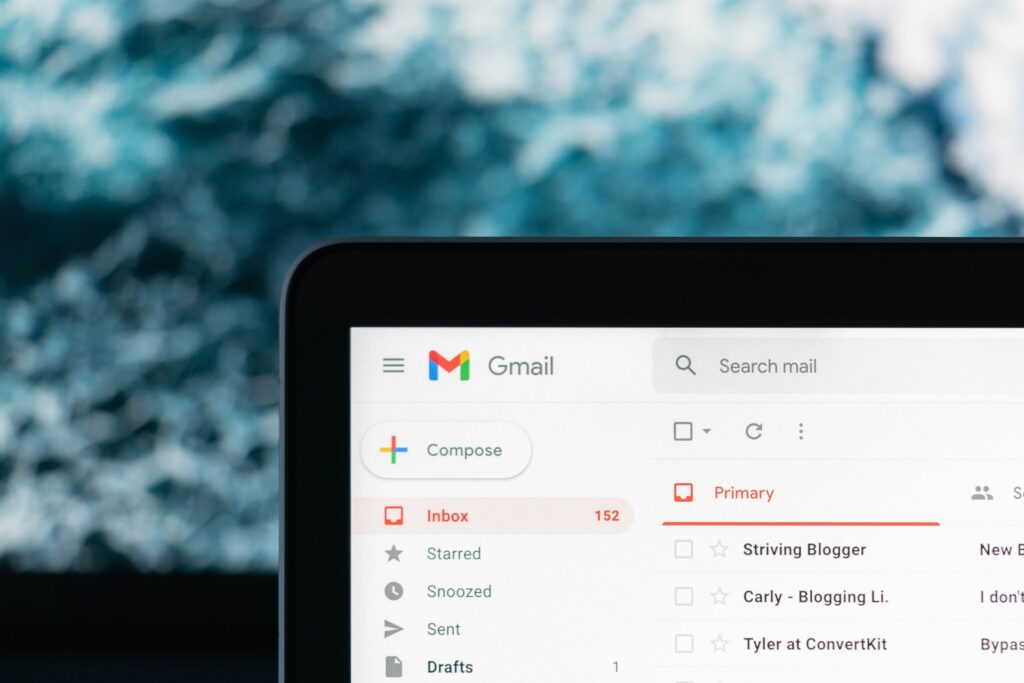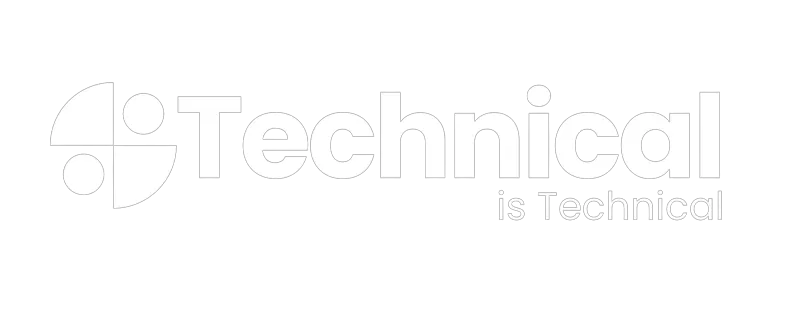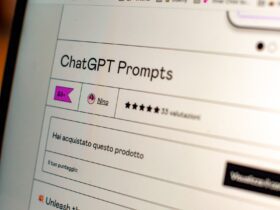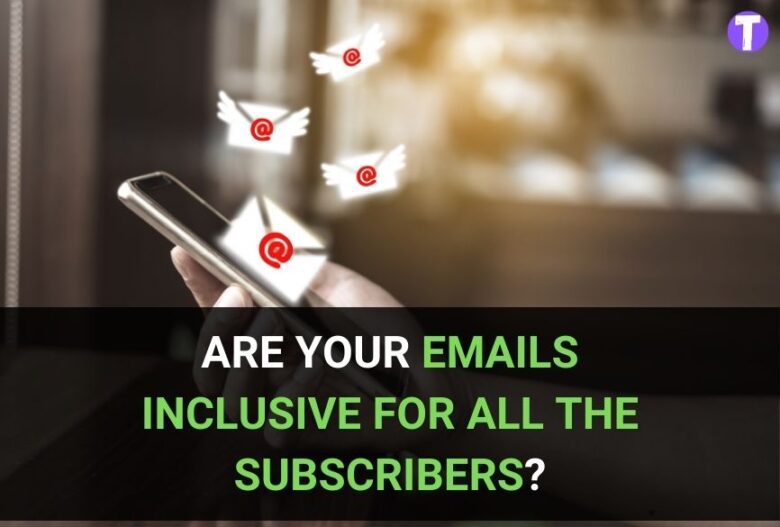Email marketing is a very important part of digital marketing strategies across businesses, and it is undeniably the most dependable channel with an ROI of 42:1 USD. No doubt, email marketing gets the most attention in the industry. But, it is important for us to think about how we communicate with our subscribers. We must also think about how we can improve our emails so that they reach their intended audience members as quickly as possible and make sure that they feel included in the process.
Especially when you are using free responsive HTML email templates or email copy inspirations, you should be aware of the fact that not all emails are created equal when it comes to inclusivity. In this article, we will look at the different ways to make your emails inclusive for all subscribers.
Why Inclusivity Matters In Emails
Some people may be offended by a particular detail in your email and react negatively to it. At the same time, it is necessary to understand that you may not do so intentionally, but a lack of research about the target audience is the main culprit in most cases. Something that is perceived in a certain positive manner may be perceived in the exact opposite way in some other culture.
For instance, black is the color of mourning in the West, but using it in an email that is related to death and meant for APAC would be a blunder. The APAC countries have white as the color for mourning, i.e., white color symbolizes death-related ideas and activities while black is considered disrespectful in this context.
This is why we need to make sure that our emails are inclusive for all the subscribers. We have to make sure that we don’t offend anyone, and we have to be careful about how we write our emails so as not to attack anyone’s sensitivities.
Remember, the inclusion of all the subscribers in your emails is one of the most important things to do.


How Do You Get Started With Inclusivity In Emails
The first step toward making your emails inclusive is to align your emails with the reader’s journey. Start with why they subscribed to your emails and the content they consumed before doing so.
Combining this with the user data will give you a better perspective of who they are and what interests them in particular in your brand. With some research into their culture, region, and social dynamics, you will be able to build a fair understanding of what they would find offensive or disrespectful, at least.
Thus, the first step to embedding inclusivity is to include their journey of discovering your brand along with their demographic and psychographic data.
Make Your Email Copy And Rich Multimedia More Diverse
The next thing you must do is to do away with the stock images that you use in your emails. While they are pretty relevant to a section of your subscribers, adding images that contain people from different ethnicities and regions depending on the recipients is a must. This is especially true if you are using free responsive HTML email templates as they contain stock images.
Seeing people from one’s own community helps them feel included, welcomed, and their ability to strike a sense of relatability will work like a charm. On top of that, you must also use phrases and idioms that are localized instead of translating or transliterating them. This also makes a huge impact on your brand’s ability to connect with your email subscribers.
In fact, it also acts as a risk aversion method since using local phrases requires you to develop a better understanding of your target audience. You can also include A/B Split testing to check if you are on the right path when adding diversity to your emails.
Include Empathy As A Key Driver Of Your Personalization Strategy
This is one of the best ways to make your emails more inclusive without having to create a checklist that needs to be considered every time you send out an email. Being empathetic is one of the most appreciated skills in any form of marketing, and this also helps make your email copies much more appreciated.
This doesn’t require you to work extensively on the creative aspect but rather build your personalization strategies based on what your subscribers are likely to appreciate beyond business.
This could be as simple as sending a special email to people with disabilities and letting them know how your brand cares about their contribution and how they plan to give back to disabled people. However, this doesn’t need to be a one-off email. Instead, you must embed it as a standard part of your email strategy.
Appreciating stakeholders from various backgrounds on a regular basis will put you in a much better position than only discussing such aspects during a specific time. Thus, being empathetic in general when it comes to personalization helps you build an inclusive brand image organically and improve your rapport without focusing excessively on the topic.
Summing Up
One of the mistakes that most email marketers make when it comes to inclusivity in emails is to think of it as a campaign and forget it for the rest of the time. While this approach surely benefits to a limited extent, making inclusivity part and parcel of your email marketing strategy is the best way ahead.
About the Author
Kevin George is the head of marketing at Email Uplers, which specializes in crafting Professional Email Templates, PSD to Email Conversion, and Mailchimp Templates. Kevin loves gadgets, bikes & jazz, and he breathes email marketing. He enjoys sharing his insights and thoughts on email marketing best practices on his email marketing blogs.





























